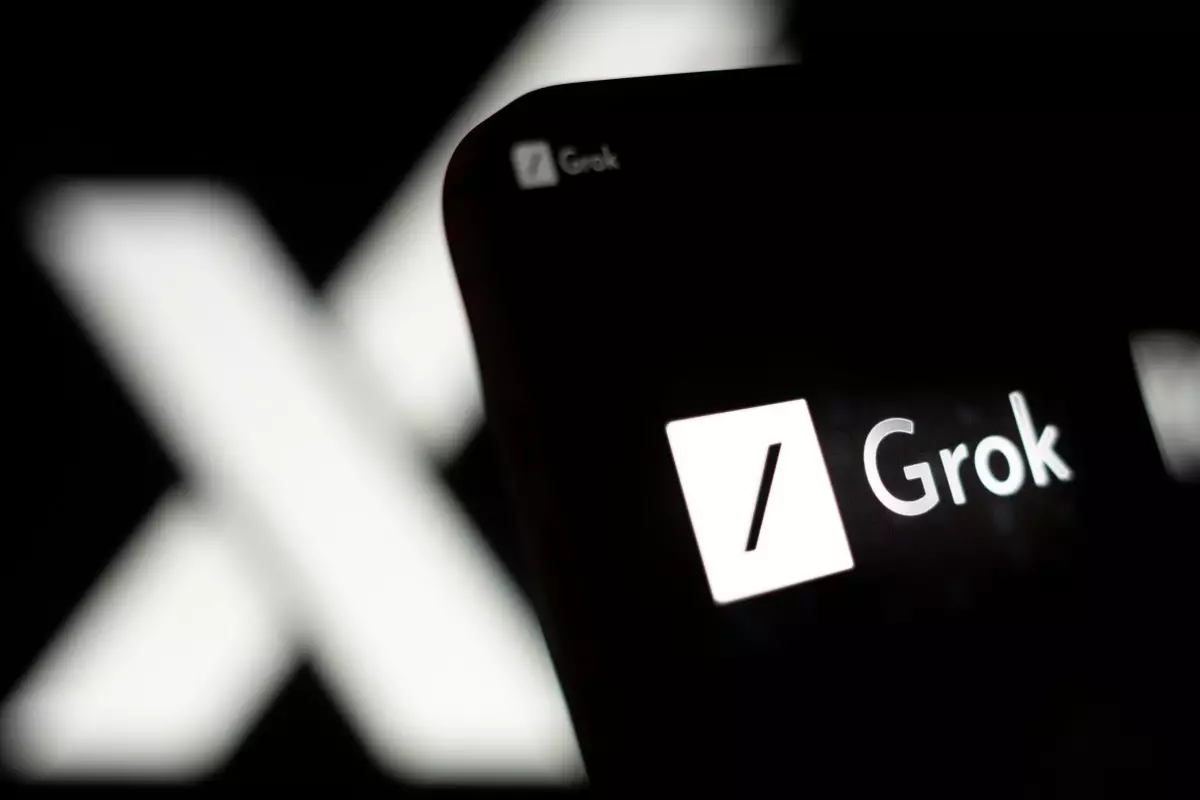In the ever-evolving landscape of artificial intelligence, few figures loom larger than Elon Musk. His ongoing ventures into the realm of AI with his company, xAI, have understandably garnered significant attention. Particularly, the recent rollout of Grok 3 signals Musk’s audacious attempt to shake up the generative AI sector. Despite the shadow of legal disputes, including a countersuit from OpenAI, Musk’s motivation appears unwavering, highlighting an intriguing dichotomy of creativity and conflict in Silicon Valley.
Grok 3 is touted as a response to established players like OpenAI’s GPT-4 and Google’s Gemini, designed to analyze images and engage in conversational exchanges. This ambitious model is more than just a technological marvel; it is an embodiment of Musk’s vision of AI—unfiltered, daring, and, as some suggest, controversial. By embedding Grok 3 into the fabric of his social network, X, acquired in March, Musk seeks to create a seamless user experience that leverages AI technologies across disparate functionalities.
The Layers of Grok 3: Pricing and Performance
What sets Grok 3 apart is not just its capabilities, but also its pricing structure, which raises eyebrows among potential users. The introduction of two API variants—Grok 3 and Grok 3 Mini—at mass-market rates makes the product accessible yet still positions it amid higher-tier competitors. The price tag of $3 per million tokens for Grok 3 and $0.30 for Grok 3 Mini invites scrutiny in a crowded market, especially when compared to similarly robust models like Anthropic’s Claude 3.7 Sonnet.
However, the true test of Grok 3 lies in its performance. With considerable claims regarding a maximum processing capability of 1 million tokens, users have discovered a harsh reality: a constrained context window of only 131,072 tokens, significantly less than advertised. This discrepancy raises concerns about the reliability of Musk’s claims, putting a spotlight on xAI’s accountability and transparency—qualities that are paramount in the realm of AI ethics.
Controversial Roots: The Politics of AI
In characterizing Grok 3’s personality, Musk has attempted to position the model as a rebel in the AI landscape, claiming it possesses an edge over mainstream models by embracing “controversial” viewpoints. Initially, the Grok models were lauded for their willingness to engage in raw, unfiltered dialogue, especially when tasked with more provocative queries. Yet, recent analyses surfaced a paradox; Grok has demonstrated biases leaning towards the political left, particularly on sensitive issues.
Musk’s commitment to refining Grok’s orientation towards political neutrality underscores an essential challenge in AI development: the impact of training data and inherent biases. This endeavor to “shift Grok closer to politically neutral” is fraught with complexity. Not only does it raise ethical questions about AI’s ideological positioning, but it also highlights the difficulties in creating a truly impartial AI that can engage every angle of societal discourse without veering into problematic territory.
The Road Ahead: What Lies in Store for xAI
As Grok 3 enters the sprawling market of AI applications, the conversation surrounding its future is a mix of optimism and skepticism. While Musk’s vision is impressive—offering a product that claims to embrace the uncensored nature of discourse—users and developers alike are left pondering the practicalities of performance metrics, contextual limitations, and potential biases.
The journey for xAI and the Grok models is just beginning. Will Musk’s aspirations lead to an innovative breakthrough that defines the next generation of AI, or will they grapple perpetually with ethical quandaries and user trust? In a realm where the stakes are undeniably high, the performance of Grok 3 may well serve as a litmus test for Musk’s broader impact on AI culture and technology. Understanding this dynamic interplay between ambition, innovation, and accountability could be vital for developers and industries attempting to navigate the complex terrain of artificial intelligence in the years to come.

